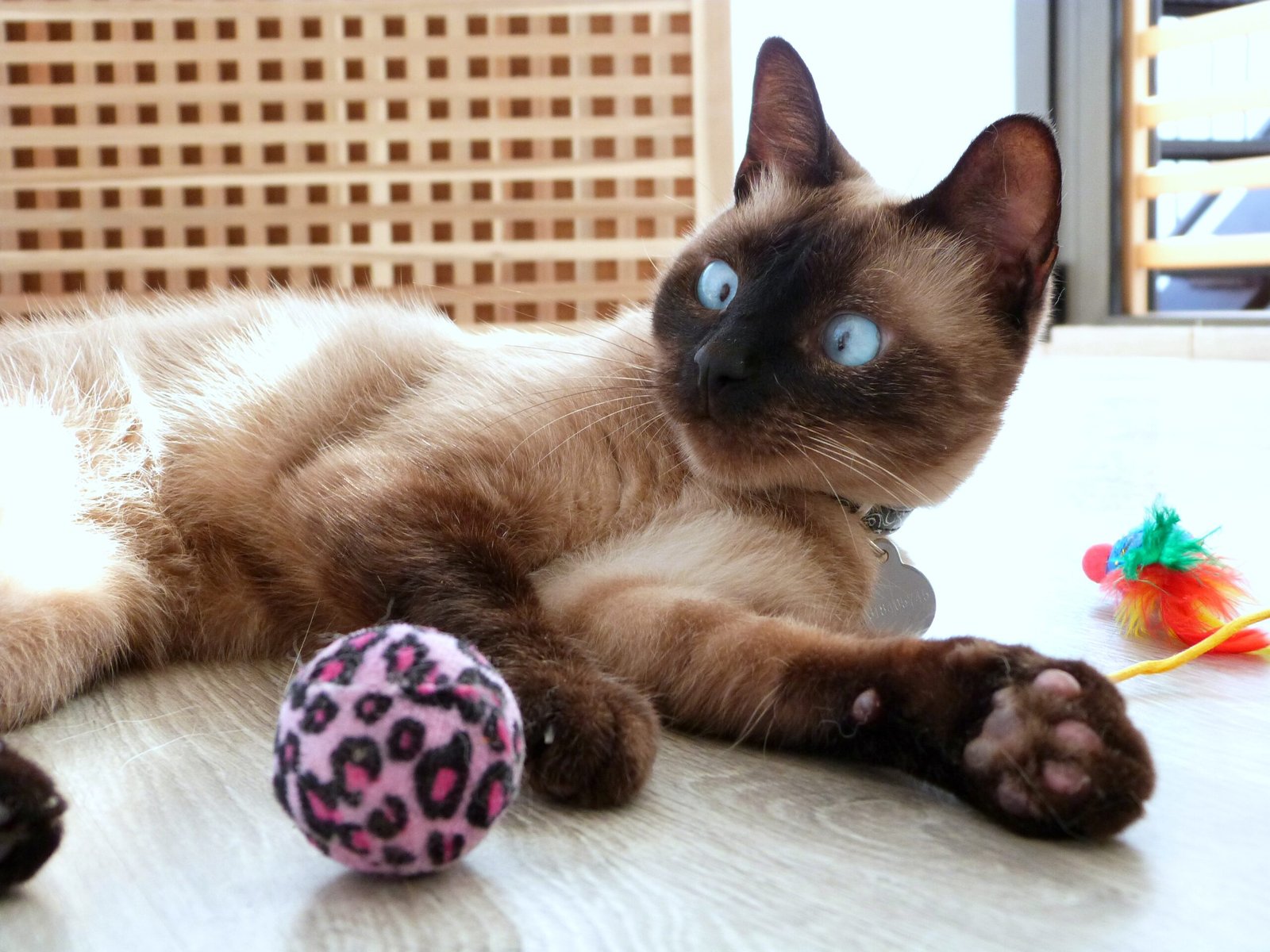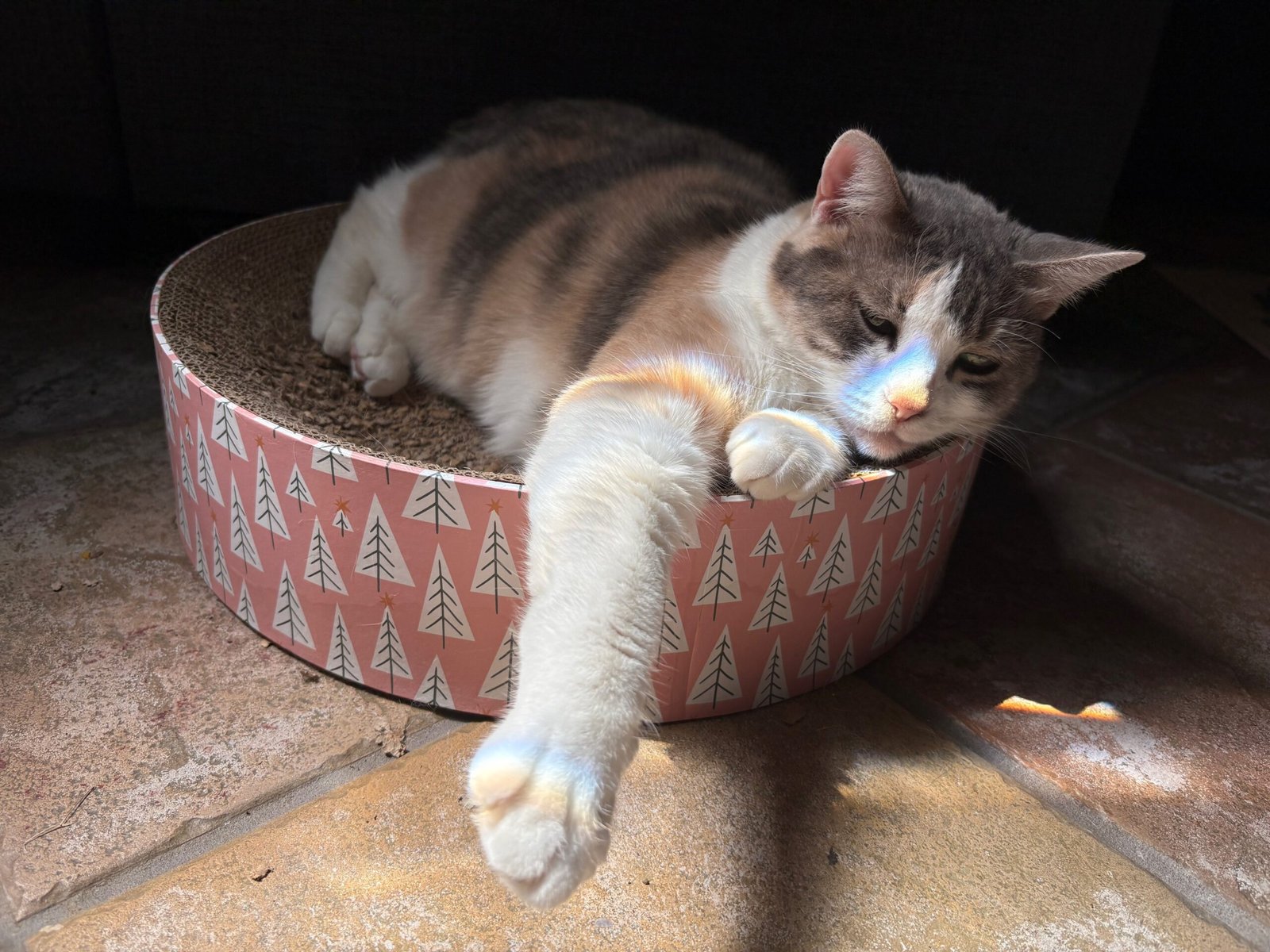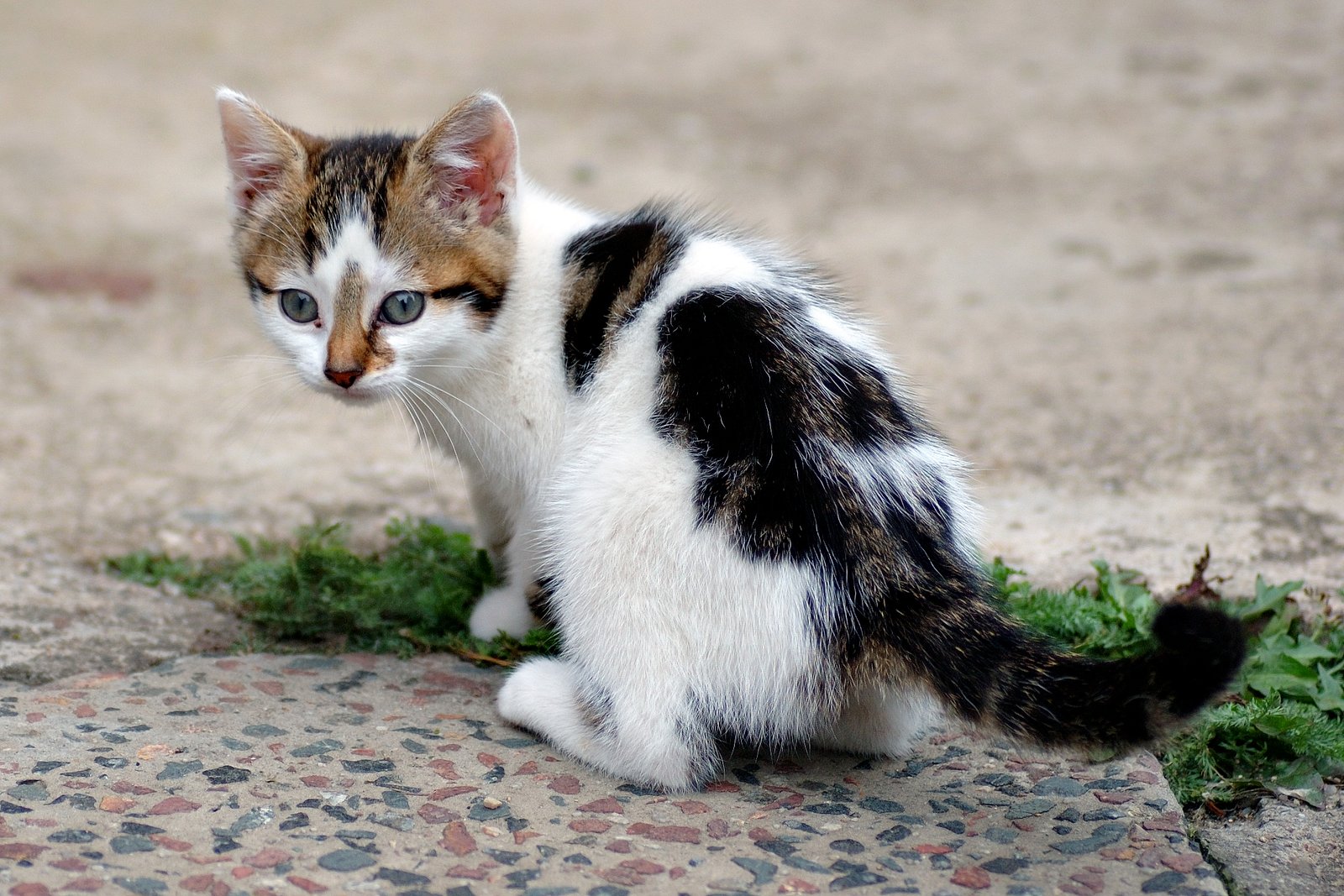Have you ever noticed your feline friend suddenly acting distant or aloof, leaving you perplexed and concerned? Cats, known for their mysterious and independent nature, can sometimes become emotionally withdrawn, leaving their owners feeling helpless. But fear not, understanding the reasons behind this behavior can help you navigate through this puzzling phase. Let’s dive into the world of feline emotions and explore how to help your cat feel more connected and content.
Understanding the Signs of Withdrawal
Cats, like humans, have their unique ways of expressing emotions. When a cat becomes withdrawn, it might stop engaging in activities it once enjoyed, such as playing or interacting with you. You may notice your kitty hiding more often or spending an unusually long time alone. These signs might seem subtle, but they are crucial indicators of emotional withdrawal. Recognizing these signs early on can prevent further distress and help you take the necessary steps to address the issue.
Possible Causes of Emotional Withdrawal

Understanding why your cat might suddenly withdraw is essential to addressing the problem. Changes in the household, such as the arrival of a new pet or family member, can be unsettling for a cat. Health issues, too, can cause changes in behavior. Stressful events like moving to a new home or rearranging furniture might also contribute to your cat’s emotional state. By identifying the potential causes, you can start to create a more comforting environment for your feline friend.
Health Check: Rule Out Medical Issues
Before jumping to conclusions about your cat’s emotional state, it’s crucial to rule out any medical problems. A sudden change in behavior can be a sign of an underlying health issue. Schedule a visit to the veterinarian to ensure your cat is physically healthy. Conditions such as dental problems, arthritis, or infections can cause discomfort, leading to withdrawal. A clean bill of health will allow you to focus on emotional and environmental factors.
Creating a Safe and Comfortable Environment
Cats thrive in environments where they feel safe and secure. If your cat is feeling withdrawn, consider making adjustments to their surroundings. Provide cozy hiding spots where your cat can retreat when feeling overwhelmed. Ensure they have access to their favorite resting spots and toys. A consistent routine, with regular feeding and playtimes, can also help your cat feel more secure, reducing stress and promoting emotional wellbeing.
Engage in Gentle Playtime

Playtime is not just for physical exercise; it’s also an essential part of a cat’s emotional health. Engage your cat in gentle play sessions to help them feel more connected and less isolated. Use toys that mimic prey, such as feather wands or laser pointers, to stimulate their natural hunting instincts. Remember, the goal is to encourage interaction without overwhelming your cat. Respect their boundaries and allow them to take breaks as needed.
Spend Quality Time Together
Sometimes, all your cat needs is a little extra attention and affection. Spend quality time with your feline friend by sitting quietly together, offering gentle petting or grooming sessions. These moments of bonding can reassure your cat and help rebuild their trust and confidence. Be patient and let your cat dictate the pace of interaction, ensuring they feel comfortable and secure in your presence.
Use Calming Aids and Products
There are various calming aids available that can help soothe an emotionally withdrawn cat. Products like pheromone diffusers, sprays, or calming collars release synthetic versions of natural cat pheromones, creating a calming effect. These can be especially helpful during times of change or stress. Always consult with your veterinarian before introducing new products to ensure they are safe and suitable for your cat.
Consider Professional Help

If your cat’s withdrawal persists despite your efforts, it might be time to seek professional help. A cat behaviorist or a veterinarian specializing in feline behavior can provide insights and strategies tailored to your cat’s specific needs. They can help identify any underlying issues and offer guidance on how to address them effectively, ensuring your cat regains their emotional balance.
Be Patient and Consistent

Patience is key when dealing with an emotionally withdrawn cat. Changes won’t happen overnight, and it’s important to remain consistent in your efforts. Continue providing a loving and stable environment, and avoid making any sudden changes that could further upset your cat. With time, your cat will likely begin to feel more at ease, gradually returning to their usual self.
Recognize the Importance of Routine

Cats are creatures of habit, and a consistent routine can provide them with a sense of stability and security. Stick to regular feeding times, play sessions, and bedtime rituals. Consistency helps reassure your cat that their world is predictable and safe, reducing anxiety and promoting emotional wellbeing. A well-structured routine can be incredibly comforting for a cat experiencing emotional withdrawal.
Encourage Socialization
While some cats are naturally more solitary, encouraging socialization can help an emotionally withdrawn cat feel more connected. Arrange for playdates with other friendly cats or introduce them to new people in a controlled and calm environment. Positive social interactions can boost your cat’s confidence and help them feel more comfortable around others, reducing feelings of isolation.
Monitor Changes in Behavior

Keep a close eye on any changes in your cat’s behavior, as they might provide clues about their emotional state. Note any patterns or triggers that seem to affect their mood. By monitoring these changes, you can identify potential stressors and work towards eliminating or minimizing them, creating a more supportive environment for your cat.
Respect Your Cat’s Personal Space

While it’s tempting to shower your cat with affection, it’s essential to respect their need for personal space. Allow your cat to approach you on their terms and avoid forcing interactions. Cats appreciate independence, and giving them the freedom to choose when and how to engage can help them feel more secure and less overwhelmed.
Use Positive Reinforcement

Positive reinforcement can be a powerful tool in encouraging desired behaviors and building trust with your cat. Reward your cat with treats, praise, or affection when they show signs of engagement or relaxation. Positive reinforcement helps create a positive association with social interactions, motivating your cat to seek them out more frequently.
Recognize Your Cat’s Unique Personality
Every cat is unique, with their own personality and preferences. Understanding and respecting your cat’s individuality is crucial when addressing emotional withdrawal. Some cats may naturally be more reserved, while others are outgoing and playful. Tailor your approach based on your cat’s personality, ensuring they feel understood and valued.
Maintain a Stress-Free Environment
Minimizing stress in your cat’s environment can significantly impact their emotional wellbeing. Identify and eliminate potential stressors, such as loud noises, unfamiliar scents, or changes in routine. Create a calm and peaceful atmosphere, providing your cat with a sanctuary where they can relax and feel safe. A stress-free environment is essential for helping your cat overcome emotional withdrawal.
Understand the Role of Diet
A balanced diet plays a crucial role in your cat’s overall health, including their emotional wellbeing. Ensure your cat is receiving the right nutrients and consider consulting with your veterinarian about any dietary changes that might support their emotional health. A healthy diet can positively impact your cat’s mood and behavior, contributing to their overall happiness and contentment.
Practice Mindful Observation
Taking the time to observe your cat’s behavior mindfully can provide valuable insights into their emotional state. Pay attention to their body language, vocalizations, and interactions with their environment. Mindful observation allows you to identify subtle changes and respond appropriately, ensuring your cat feels supported and understood.
Celebrate Small Victories
Progress might be slow, but celebrating small victories can make a significant difference in your cat’s emotional recovery. Acknowledge and reward any signs of improvement, no matter how minor they may seem. Celebrating these milestones reinforces positive behavior and encourages your cat to continue on their path to emotional wellbeing.
In conclusion, helping a cat that’s suddenly emotionally withdrawn requires patience, understanding, and a gentle approach. By creating a supportive environment and addressing potential stressors, you can help your feline friend regain their emotional balance. Remember, every cat is unique, and finding the right approach may take time. With love and dedication, your cat will likely return to their happy and affectionate self. What steps will you take to support your beloved cat’s emotional health?
Hi, I’m Bola, a passionate writer and creative strategist with a knack for crafting compelling content that educates, inspires, and connects. Over the years, I’ve honed my skills across various writing fields, including content creation, copywriting, online course development, and video scriptwriting.
When I’m not at my desk, you’ll find me exploring new ideas, reading books, or brainstorming creative ways to solve challenges. I believe that words have the power to transform, and I’m here to help you leverage that power for success.
Thanks for stopping by, Keep coming to this website to checkout new articles form me. You’d always love it!





